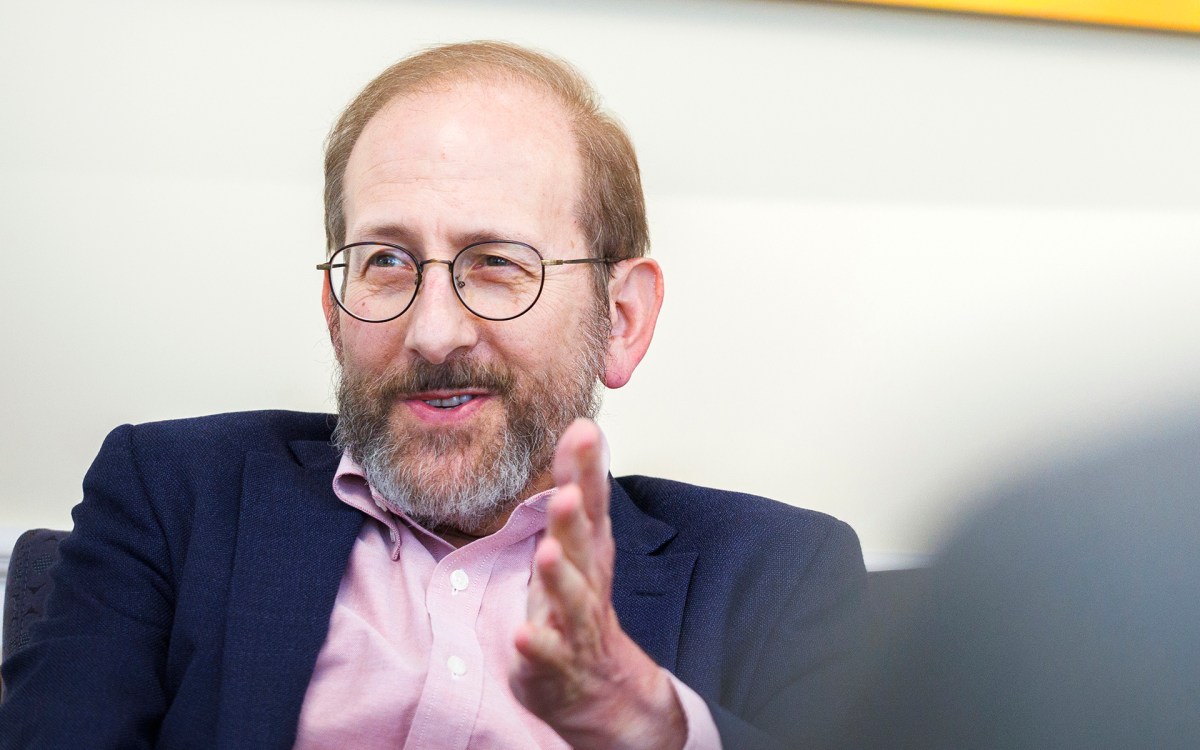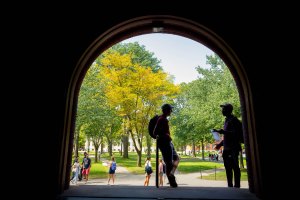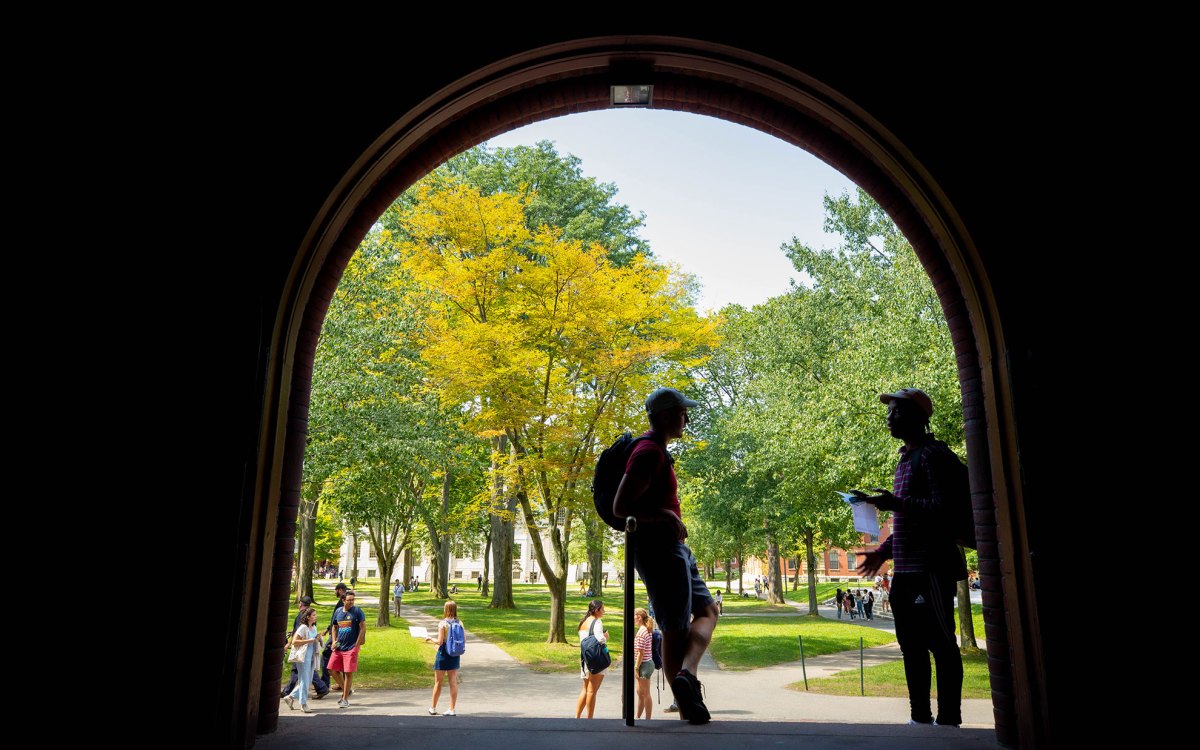Aramont Fellowships champion research at forefront of innovation
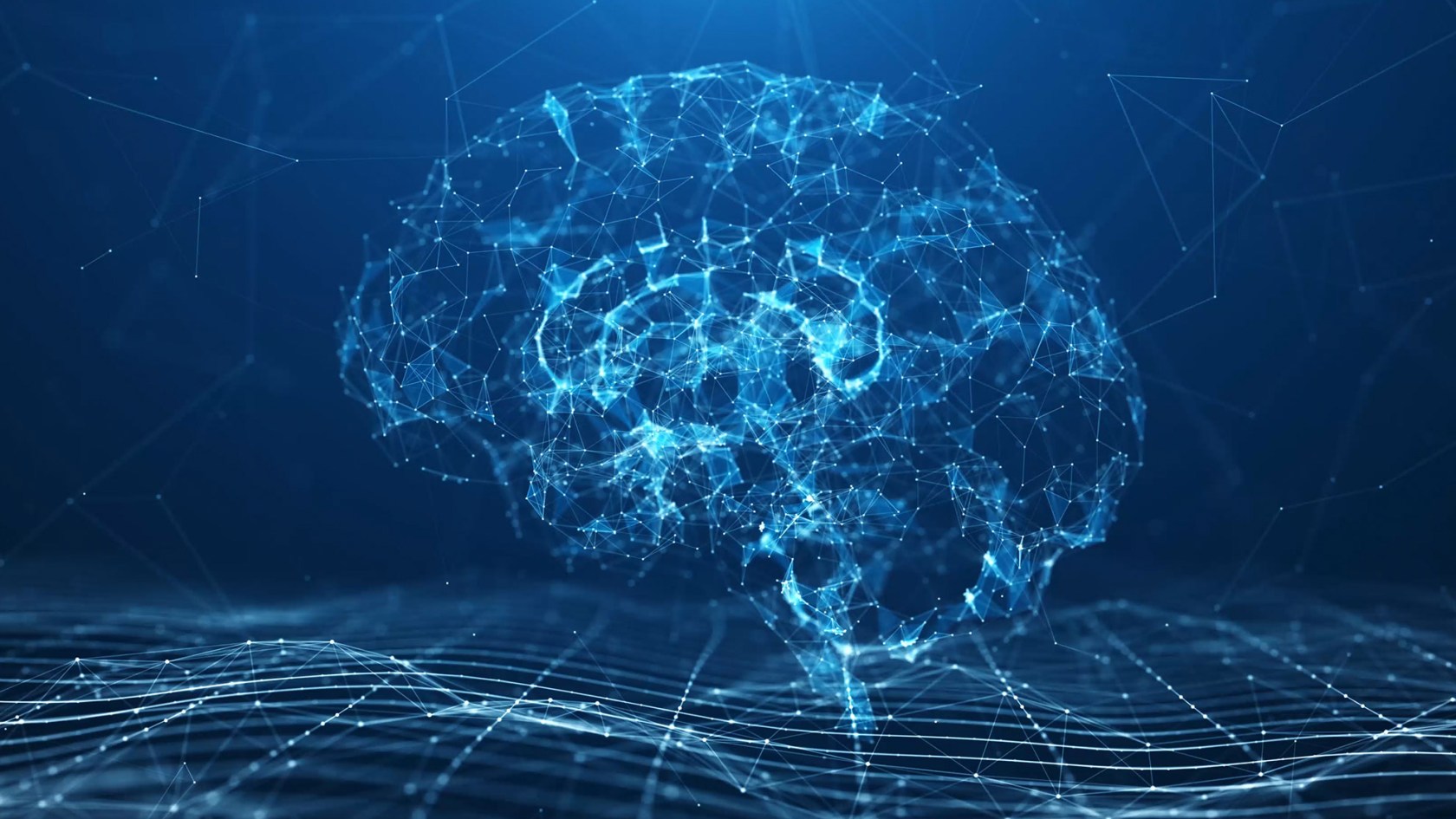
Winning projects selected for potential to fuel scientific progress
Offering a better understanding of the universe. Revealing a possible layer of gene regulation in human cells. Treating muscular diseases with implantable neurotechnologies. These are examples of the research supported by the Aramont Fellowship Fund for Emerging Science Research, which acknowledges the visionary work of exceptional early career scientists.
Established in 2017 through a gift from the Aramont Charitable Foundation, the award recognizes groundbreaking scientific innovation and exploration by providing crucial funding for high-risk, high-reward research that otherwise might not be conducted. This year’s cohort includes five scholars spearheading projects with the potential to significantly impact their respective fields and advance novel discoveries with wide-ranging implications.
“The Aramont Fund’s transformative impact on the awardees’ work and careers is inspiring,” said Vice Provost for Research John Shaw. “Investing in our early career scholars is vital to driving scientific innovation and nurturing the next generation of researchers. We all look forward to following the newest cohort’s achievements.”
Guanhao Huang
“Exploring Gravitational Physics Using Nano-mechanics on a Chip”
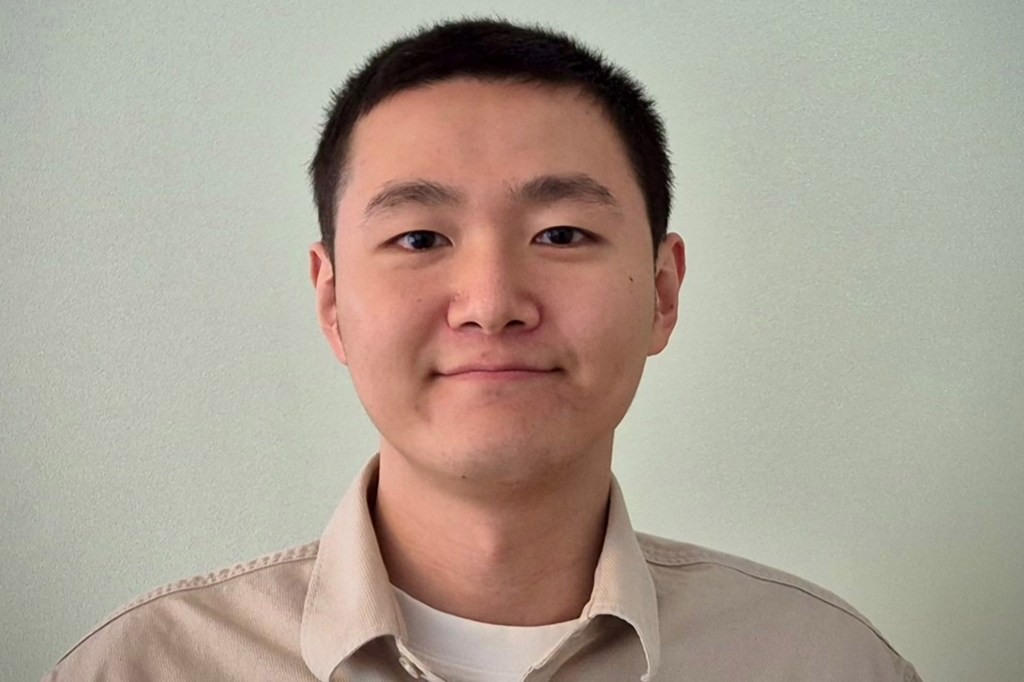
The nature of gravity at the quantum level and the mysterious properties of dark matter are two of the biggest open questions in modern physics. While past breakthroughs have come from large-scale international collaborations using massive scientific instruments, an exciting new approach is emerging: using nanomechanical devices in university labs to probe these mysteries. Unlike traditional methods that rely on laser-controlled individual atoms, these tiny but relatively heavy devices — often made of materials like diamonds — act as ultra-sensitive quantum force sensors and sources of gravity. This makes them uniquely suited to explore new gravitational effects at microscopic scales. Most current research focuses on only a few vibrational states and leaves many unexplored, which limits the potential for studying gravity. To overcome this challenge, Huang aims to develop ultra-precise sensors by engineering and controlling these devices at the quantum level across a broad range of vibrational states. This could open new doors for detecting dark matter and gravitational phenomena, offering fresh insights into both the microscopic and cosmic scales — all using compact, tabletop experiments within a university setting. His work has the potential to reshape the understanding of the universe in ways previously thought possible only with massive, billion-dollar facilities.
Giacomo Maddaloni
“Discovering Brain Circuits That Change Seasonally and Offer Clues to the Seasonal Exacerbation of Diseases from Neuropsychiatric to Cardiovascular”
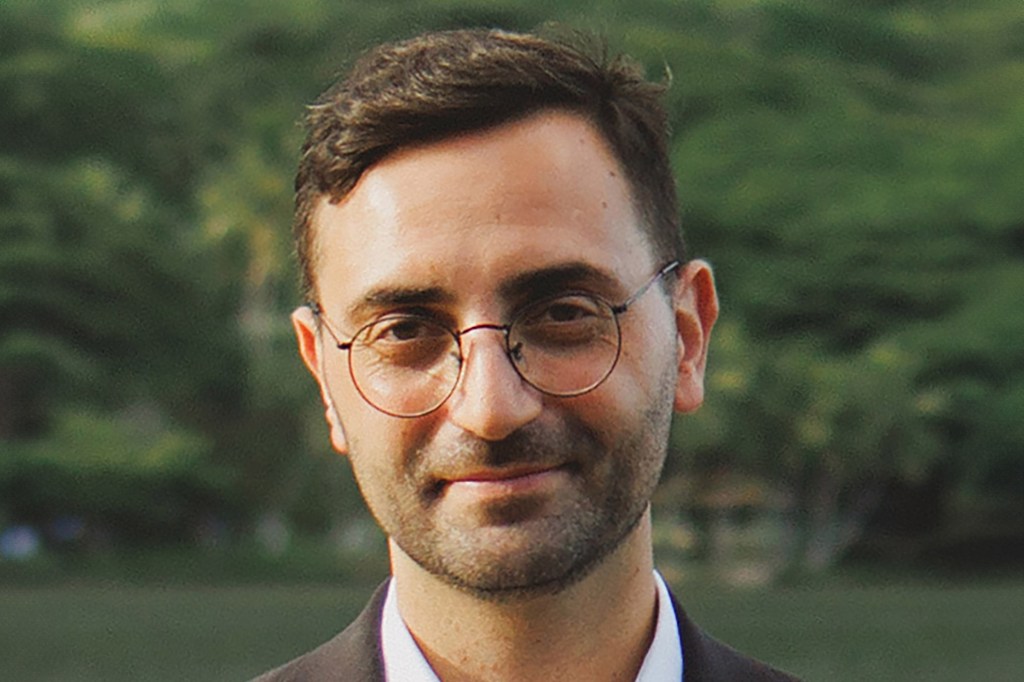
Postdoctoral fellow in genetics, Harvard Medical School.
Credit: Ajja Photography
The ability to anticipate the light-dark cycle of the days and seasons — and to organize appropriate responses — are vital adaptive strategies that have been observed across the animal kingdom and in humans. When thrown off, the sleep-wake cycle and other biological rhythms can cause or exacerbate disease. However, little is known about the neural mechanisms underlying such adaptations. Giacomo Maddaloni has undertaken studies that led to the discovery of a previously unappreciated mouse brain circuit and form of plasticity that proves critical for synchronizing activity and sleep-wake rhythms. As part of that work, he discovered that specialized neurons function as initial broadcasters of day length information in a region of the brain that controls many behaviors and physiological processes. Now Maddaloni is expanding on this work by characterizing the neurons’ molecular identity and deciphering how they decode and relay information to orchestrate whole-organism responses. He aims to identify a master brain hub vital for accurate circadian and seasonal adaptations, and molecular and circuit pathways, with far-reaching translational therapeutic potential.
Silvi Rouskin
“Unveiling Human Riboswitches Through High Throughput Detection and Analysis”

Assistant professor of microbiology, HMS.
Credit: Gretchen Ertl
Riboswitches are dynamic RNA structures that control various metabolic pathways in simple organisms. They have not been detected in humans, which is likely due to the technical limitations of research. The discovery of human riboswitches could enable new therapeutic targets for metabolic diseases and change our understanding of how gene expression is regulated. Silvi Rouskin has already identified promising riboswitch candidates, and her unique integration of experimental and computational approaches puts her team in a strong position to make this pivotal discovery — potentially revealing a previously unrecognized layer of gene regulation in human cells. This finding would fill a critical gap in the knowledge of cellular biology and open new avenues for medical research and drug development.
Shriya Srinivasan
“Accessible Neurotechnology and Human-Machine Interfacing”

Assistant professor of bioengineering, SEAS.
Eliza Grinnell/SEAS
Implantable neurotechnologies hold promise for treating muscular diseases and are expected to be available as a consumer technology within the next 10 to 15 years, but the significant invasiveness required to implant the devices will limit accessibility and exacerbate gaps in care and capabilities. Shriya Srinivasan aims to make neurotechnology scalable and accessible by developing neurostimulation devices that can be precisely implanted through a single skin injection. Preliminary prototypes in rats have demonstrated that Srinivasan’s lab can read high-resolution neural signals and stimulate discrete muscles for fine motor control. The system can stimulate the muscles to provide sensory feedback about the movement of a prosthesis or robotic, augment forces in weak muscles, and potentially relay complex physical data through the body’s neural processing centers. The implications of Srinivasan’s project are significant for treating neuromuscular diseases, studying human sensorimotor performance, and advancing consumer technology.
Melanie Weber
“Geometry-informed Foundation Models for Scientific Machine Learning”
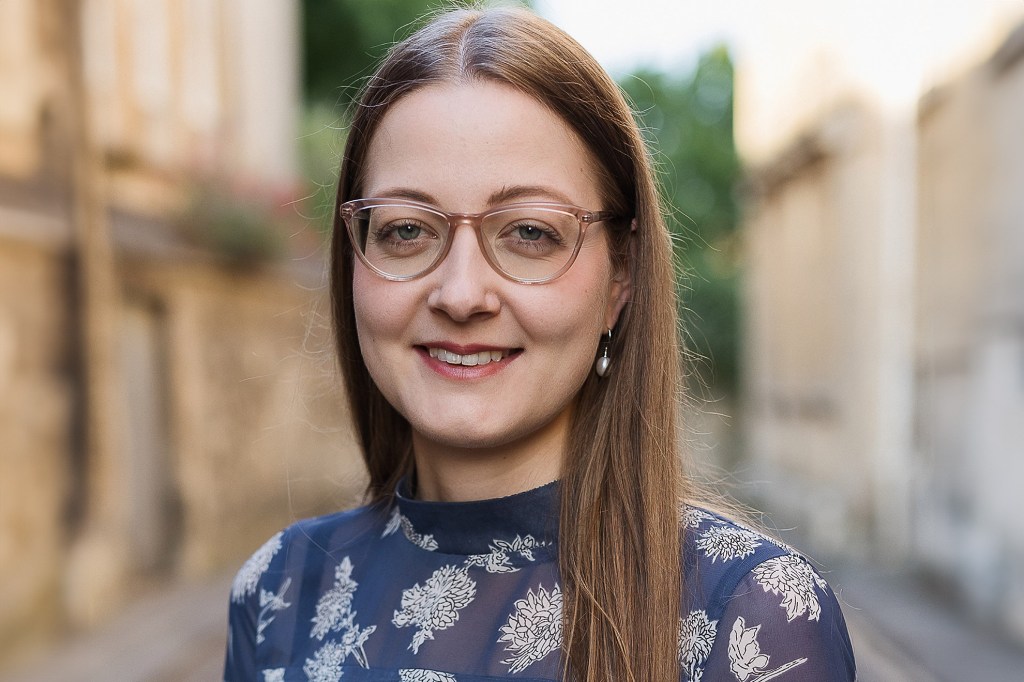
Artificial intelligence is revolutionizing scientific research, with foundation models driving breakthroughs that may hold the key to challenges such as climate change or currently incurable diseases. But there are limitations: Foundation models require extensive training data and substantial amounts of computing resources, posing challenges when the data is expensive or limited. For example, a foundation model for weather prediction may need training on millions of data points to provide accurate results. Encoding data geometry, such as symmetries arising from fundamental laws of physics, could significantly reduce the data and resources needed by providing the model with information it can use to avoid wasting resources on pursuing scenarios that we know cannot exist. Melanie Weber seeks to develop geometry-informed models that balance the strengths of current geometric models and general-purpose foundation models to produce models that are both resource-efficient and applicable to a wide range of scientific problems.
